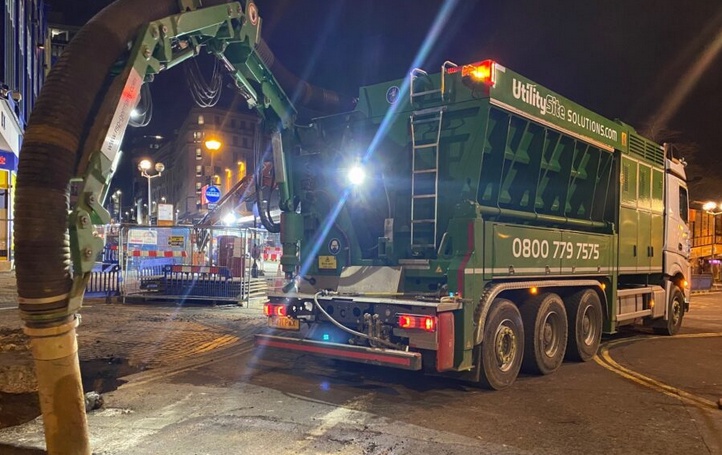Introduction:
Digging is a fundamental activity in various industries, including construction, utility maintenance, and infrastructure development. However, traditional excavation methods involving heavy machinery and manual labor can pose significant safety risks, both to workers and underground utilities. In recent years, vacuum excavations have emerged as a safer and more efficient alternative for digging. This technology utilizes powerful suction systems to remove soil and debris, minimizing the risks associated with conventional digging methods. In this essay, we will explore the concept of safe dig vacuum excavations, their working principles, the benefits they offer in terms of safety and precision, and their growing importance in modern-day excavation practices.
Understanding Vacuum Excavations:
Vacuum excavations, also known as vacuum digging or hydro excavation, involve the use of high-powered vacuum systems to extract soil and debris from the ground. The process relies on a combination of air and water, which allows for non-destructive digging around sensitive underground infrastructure, such as utility lines and cables. The soil and debris are sucked into a debris tank, which provides a controlled and contained environment for waste disposal.
Working Principles of Vacuum Excavations:
Vacuum excavations operate on two primary principles:
Air Vacuum: The air vacuum component of the system generates a powerful suction force, similar to that of a vacuum cleaner, but on a much larger scale. A large-diameter hose is used to direct the suction, effectively removing soil and debris from the excavation site. The air vacuum is usually powered by a high-capacity fan or compressor.
Water Jetting: In situations where the soil is compacted or harder to excavate, water jetting is used in conjunction with the air vacuum. High-pressure water is sprayed onto the ground, loosening the soil and making it easier to extract. The vacuum then sucks up the mixture of soil and water, which is then separated in the debris tank.
The Benefits of Vacuum Excavations for Safety and Precision:
Preventing Damage to Underground Utilities: One of the most significant advantages of vacuum excavations is their ability to safely expose underground utilities without causing damage. Traditional digging methods, such as using backhoes or shovels, can accidentally strike utility lines, leading to costly repairs, service disruptions, and even dangerous accidents. Vacuum excavations, on the other hand, offer a non-destructive approach that carefully exposes utilities without any direct contact.
Reducing the Risk of Accidents: Vacuum excavations significantly reduce the risk of accidents for workers. With traditional digging methods, workers are exposed to potential hazards like collapsing trenches or accidental strikes on buried utilities. Vacuum excavations minimize the need for workers to physically enter the excavation site, reducing the likelihood of injuries and creating a safer work environment.
Precision and Control: Vacuum excavations provide a high level of precision and control during the digging process. Operators can accurately target specific areas, ensuring that only the necessary soil is removed. This level of control is particularly beneficial in urban environments or confined spaces where space is limited, and accuracy is essential to avoid disruptions to the surrounding infrastructure.
Environmental Friendliness: Vacuum excavations are more environmentally friendly than traditional digging methods. The process minimizes soil disturbance, which helps preserve the natural structure of the ground and reduces the potential for soil erosion. Additionally, the debris and waste collected during vacuum excavations can be more easily managed and disposed of responsibly.
The Growing Importance of Vacuum Excavations:
As safety regulations become stricter, and environmental concerns gain prominence, vacuum excavations are becoming increasingly important in modern excavation practices. Industries such as construction, telecommunications, utilities, and municipal services are recognizing the benefits of this technology in minimizing risks, reducing costs associated with damages, and enhancing overall efficiency.
Conclusion:
Vacuum excavations have revolutionized the digging process, providing a safer and more precise alternative to traditional excavation methods. By combining powerful air vacuum systems with water jetting capabilities, this technology allows for non-destructive digging around sensitive underground utilities. The benefits of vacuum excavations are evident in the prevention of damage to utilities, the reduction of accidents and injuries to workers, and the environmental friendliness of the process. As safety and environmental concerns continue to gain importance, the adoption of vacuum excavations is expected to grow across various industries, improving excavation practices and making digging a safer and more sustainable endeavor. Embracing the power of safety through vacuum excavations will undoubtedly play a significant role in shaping the future of excavation techniques.


No comments yet